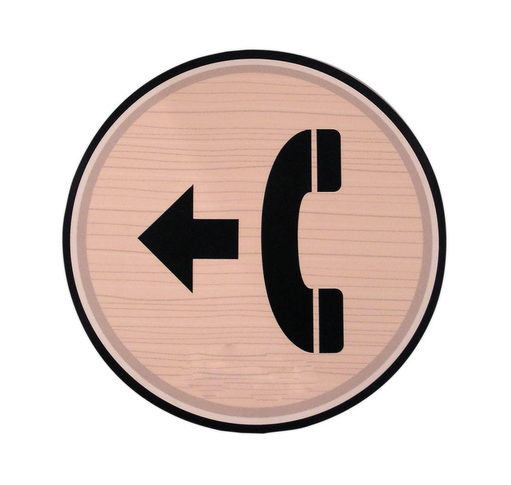 Sales requires customers, and customers need great offers. In 2015, United States smartphone penetration existed at 75 percent, reinvigorating old ideologies surrounding the mobile phenomenon. Now, most American adults have a smartphone—and they’re engaging strong-willed business gurus ready to make a change.
Sales requires customers, and customers need great offers. In 2015, United States smartphone penetration existed at 75 percent, reinvigorating old ideologies surrounding the mobile phenomenon. Now, most American adults have a smartphone—and they’re engaging strong-willed business gurus ready to make a change.
Mobile networking dominates modern communication, and both B2B and B2C realms have been reconfigured to exist upon the marketer’s crafted strategies. Now, the consumer’s communication is in their pocket, both phone-based and as an Internet resource. Sales-minded professionals are urged to keep a lookout for the following five mobile marketing strategies—and you should, too.
Strategy One: Drive Conversion with Mobile Media

Imbue your mobile marketing strategy with mobile media. Videos viewable on mobile devices can be uploaded, shared, sourced and rated. While some platforms may restrict mobile use, most video formats are accessible via the smartphone’s design.
Video marketing, itself, is powerful. 92 percent of mobile video viewers share their media with others. Similarly, marketers including video media in an email experience a 200 to 300-percent click-through rate increase. Your mobile site, email campaign, social media presence and even SMS platform should harness mobile video. Just be sure to make sure all videos are viewable on different smartphone, mobile and tablet devices.
Strategy Two: Create with Respect to Wearable Technology
Wearable technology will be the next sales-driving utility. Because of its rising popularity, big-time providers are drafting location-based plans, in-store offers and integrated marketing solution plans. Sure, customers might not rely on wearables to complete purchases, but they’re using them to get into the store.
Wrist-watch computers bring brands closer to the consumer. They help market, promote and assist with notification pushes. At the end of the day, few end-games compete with one prioritizing consumer engagement when sales are considered.
Strategy Three: Make Calling Simple

Mobile marketing strategies thrive upon instant access, and studies find consumers unable to call a company quickly are:
- 47 percent more likely to explore other brands.
- 47 percent more likely to feel frustrated and annoyed.
- 33 percent less likely to return to the brand.
Incoming calls directly increase sales, and your mobile marketing plan should prioritize them. To boost incoming calls, become listen in local directories such as Bing, Google and Yelp. Additionally, use a vanity phone number, as they increase clicks by as much as 33 percent. Make your contact number clickable, and use obvious, bold click-to-call buttons on your mobile website platform.
Strategy Four: Implement a QR Code Program
QR code programs have become popular for a reason. They offer instantly accessible deals, and they’re highly customizable to the consumer. Learning about QR codes helps, as does fortifying a strategy alongside their inclusion.
Your QR code should be made via a code generator. A lot exist, and many have industry-specific offers. Once you’ve settled on one, create and link your platform. Test, analyze the data and test again. You’ll be surprised by the amount of traffic your QR code platform receives. Don’t neglect the unique QR schemes abroad, either. Install QR codes where consumer traffic occurs. Put them online, on apps, on your brick-and-mortar store windows and at registers.
Strategy Five: Implement an Inbox-Heavy Strategy

Mobile-based emails boost sales, too. They increase retention, promote important offers, optimize strategies for success and deliver much-needed long-form content.
Check out Marketing Tech Blog’s mobile email creation guide here.
When crafting a mobile email strategy, design messages with fingers in mind. Implement every possible information tidbit into the white areas, and avoid “link crowding.” While SMS should be your go-to communication platform, mobile email should be your go-to retention, communication and offers platform.
Implement pictures, and link back to your campaign’s other faces. Of course, feature a call-to-action, and make sure readers are constantly aware of the message’s intentions. Each email can, and should, be streamlined for skimming. Too often, mobile marketers miss out on sales leads because of a neglected message format. Your email messages should be virtually packed with information, but they shouldn’t seem “tossed together.”
As your mobile marketing strategy evolves, your brand’s accessibility points will change. Understandably, the consumer is always growing—as is surrounding mobile technology. Study the business climate, and be ready for change. If you are, you’ll drive sales, boost conversions and experience success.